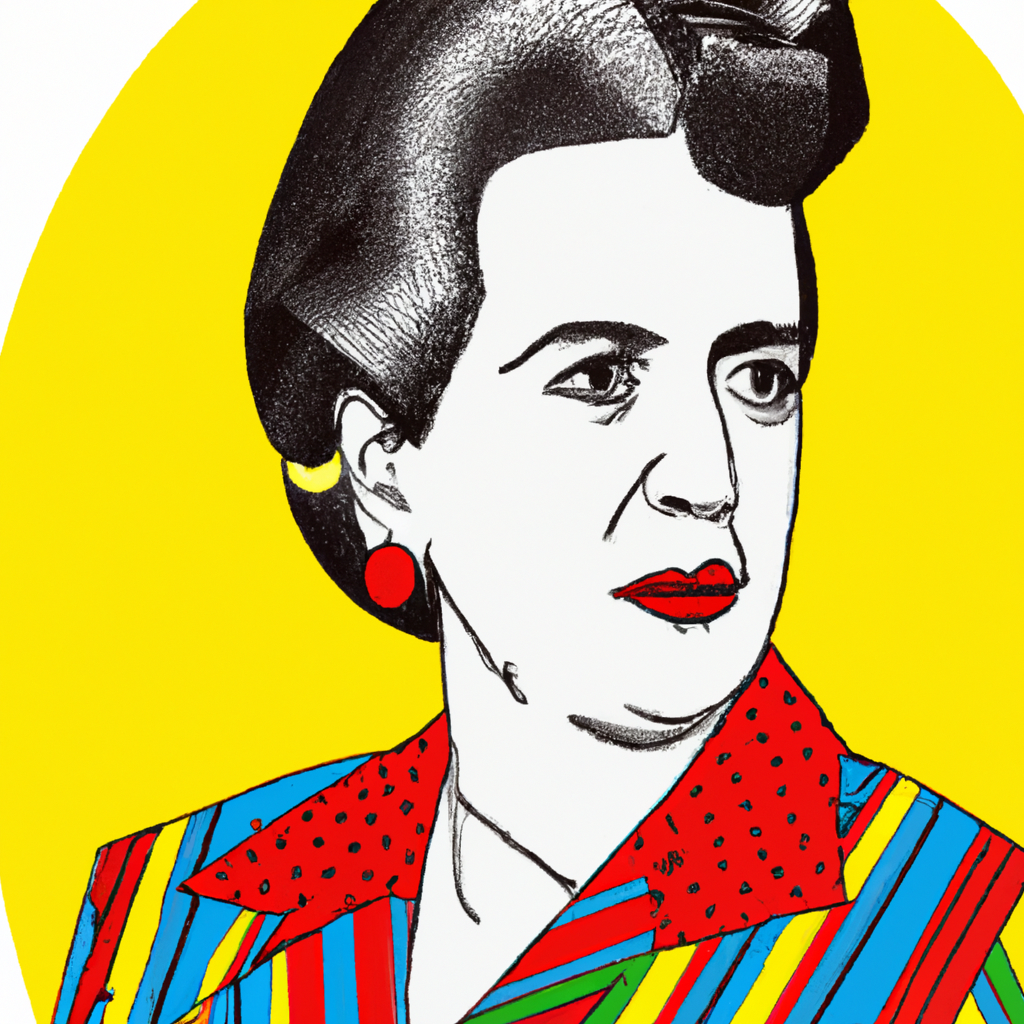
In the intricate tapestry of New York City's art scene, certain threads shimmer with a brilliance that speaks of more than just aesthetic charm—they narrate histories, embody cultural shifts, and act as custodians of legacy. Dorothy Lichtenstein, who served as the steadfast President of the Roy Lichtenstein Foundation until her recent passing at the age of 84, was one such luminary in the city’s vibrant cultural fabric.
Married to Roy Lichtenstein, the titan of Pop Art whose works revolutionized and challenged the conventions of fine art with their ironic and iconic comic strip-based imagery, Dorothy was no mere observer. After Roy's death in 1997, she took the helm of the Roy Lichtenstein Foundation with a vision that was clear and a resolve that was unyielding. Her mission was formidable: to further the understanding of Roy Lichtenstein’s work and its impact on contemporary art.
Under her guidance, the Foundation not only preserved but also propagated Lichtenstein’s legacy through expansive exhibitions and insightful catalogues. However, perhaps Dorothy’s most lasting impact was her pioneering decision to distribute the majority of the Foundation’s holdings to museums across the country and beyond. This decisive action ensured that Roy Lichtenstein's influential works were accessible to a wider audience, thus democratizing access to a critical chapter of art history and enriching public collections worldwide.
It was a testament to her understanding of the Foundation’s role in the ecosystem of art preservation and education—a perspective that saw art not as a privilege but as a collective human heritage that deserved to be shared and studied. This gesture also aligned seamlessly with her personal philosophy of art as a dialogic tool that connects diverse narratives and perspectives across time and space.
Her contributions reached beyond mere curation and administration. Dorothy was a revered figure in the New York art community—a patron, an advocate, and an influencer. Her elegant presence graced countless openings and galas, her keen intellect enriched many panels and discussions, and her generous spirit helped nurture the city’s budding artists and institutions. Dorothy Lichtenstein enriched the cultural landscape of New York City, ensuring that it remained as dynamic and vibrant as the iconic works her husband once created.
In the wake of her passing, the art world pauses to reflect on her immense contributions and the void her departure leaves behind. As galleries and museums around the globe display Lichtenstein’s works, each vibrant composition serves as a vivid reminder of Dorothy’s indelible influence—a legacy characterized by both visual joy and profound cultural resonance.
The narrative of Dorothy Lichtenstein’s life and work is forever woven into the grand mosaic of New York City’s art history, her colors as bold and impactful as those in the canvases of the artists she championed. In remembering her, we reaffirm our commitment to the arts, inspired by her example to nurture and share the aesthetic and interpretive riches of our world.